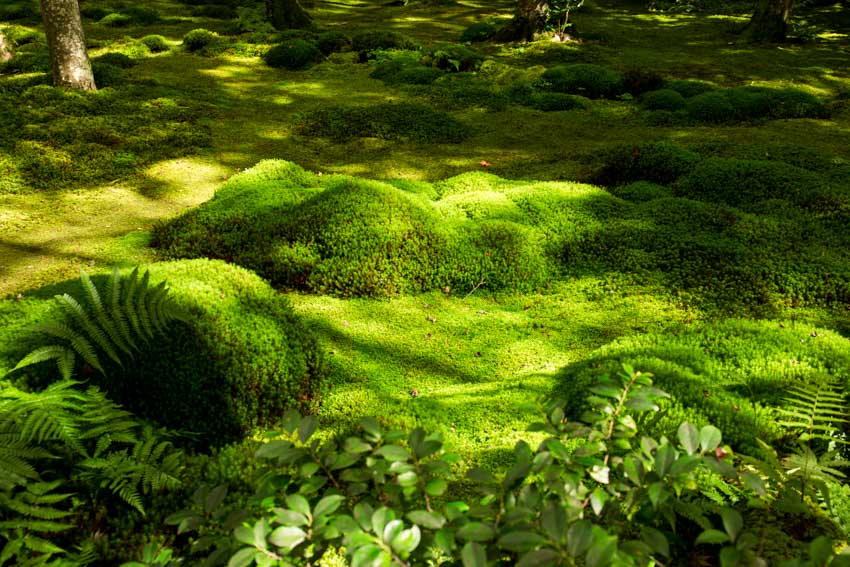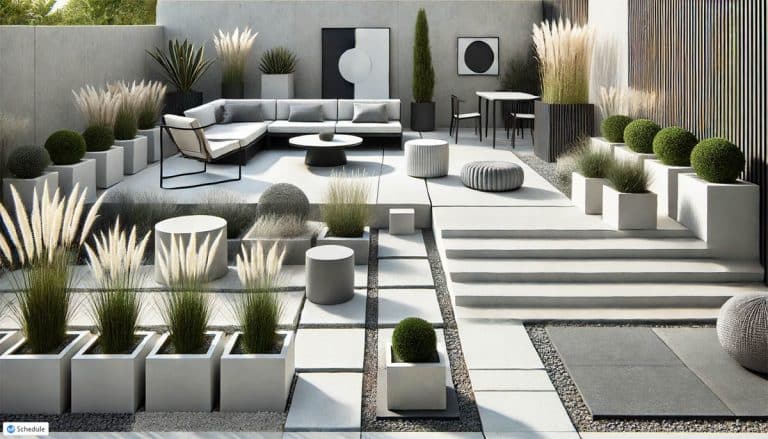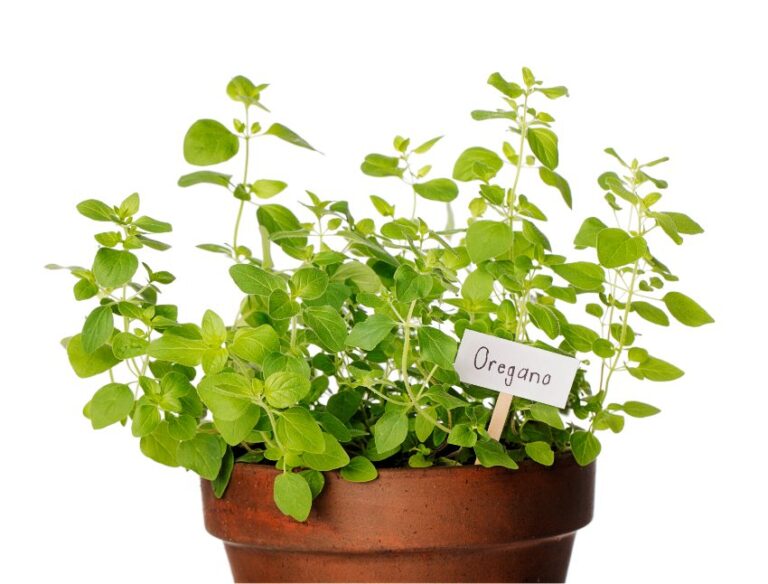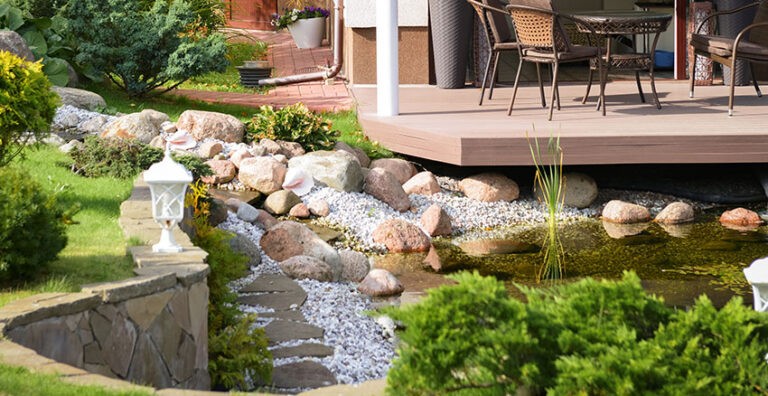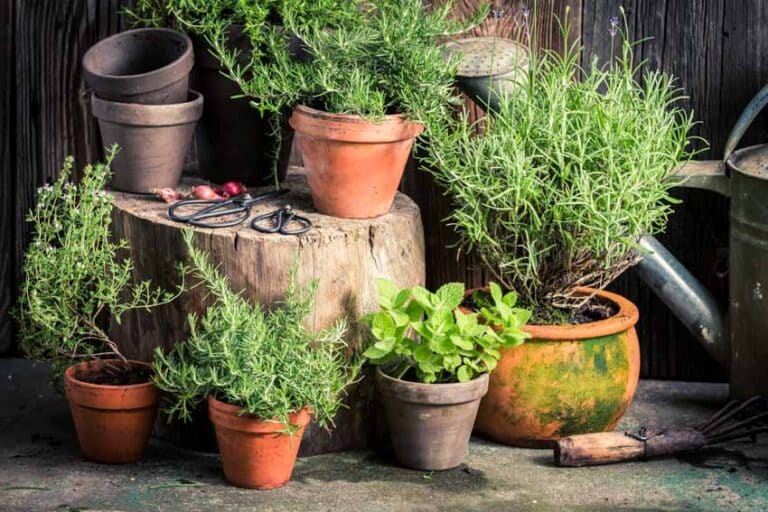Moss Lawn Pros and Cons
Find out the moss lawn pros and cons including what it is, the advantages & disadvantages, different types of moss lawns, cost, and the best growing tips.
 The lawn is the backbone of your yard and basically your entire home’s exteriors. It would make sense that homeowners in general would try to make their lawns as attractive and as well maintained as much as possible.
The lawn is the backbone of your yard and basically your entire home’s exteriors. It would make sense that homeowners in general would try to make their lawns as attractive and as well maintained as much as possible.
When it comes to lawn upkeep and beautification, grass is oftentimes the go-to element in bringing this together. It has a lot of great benefits along with it, too. This is why grass is so popular when it comes to modifying your lawns at home. However, you also need to know that grass does have its disadvantages as well.
Grass needs to be cut regularly. You need to have it watered and well-maintained regularly in order for it to look good and for it to have some significant contributions to your curb appeal. They are also notorious when it comes to polluting your local area’s water sources.
This is why moss lawns are slowly becoming a trend. But can this verdant cover be a valid alternative to grass? Here’s everything you need to know about green mossy lawns so far. [toc]
What Is a Moss Lawn
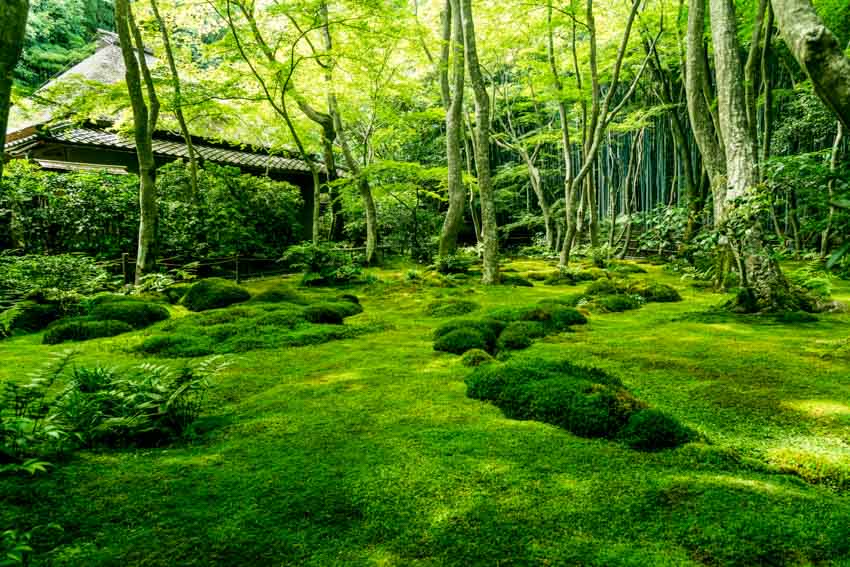
For moss lawns on areas that are currently poorly covered in grass or other vascular plants, some basic site preparation is necessary. Chose an area that is shaded, at least in the afternoon. – Native Ferns, Moss & Grasses, William Cullina
Once they have taken a hold of your lawn, they very rarely need constant watering. More than that, the best part in all of this is that verdant cover is technically drought resistant. If you want to maintain lush green lawns without putting a strain on your local water source or without incurring high water bills, verdant cover lawns are great things to have at home.
A verdant cover lawn can feel soft, cushioned, and springy underfoot. It has a rich and very deep texture as well as a fairly vibrant color profile. It doesn’t require any mowing, unlike grass. And of course, it can make your lawn look great at the end of the day.
When a verdant cover lawn is well hydrated, it looks very lush green. This makes it look very attractive. However, it doesn’t technically mean that you would need a lot of water to maintain your verdant cover lawn.
As we’ve previously mentioned, once the verdant cover has been well established, it needs very little water for its upkeep. Even in the most arid of conditions and with little to no irrigation, verdant cover can survive and even thrive.
Still, before you can fully decide to make the move and shift to getting a verdant lawn instead of a grass lawn, there are a few things that you need to be aware of. Let’s go over their advantages and disadvantages, in the spirit of full disclosure.
Advantages of Moss Lawns
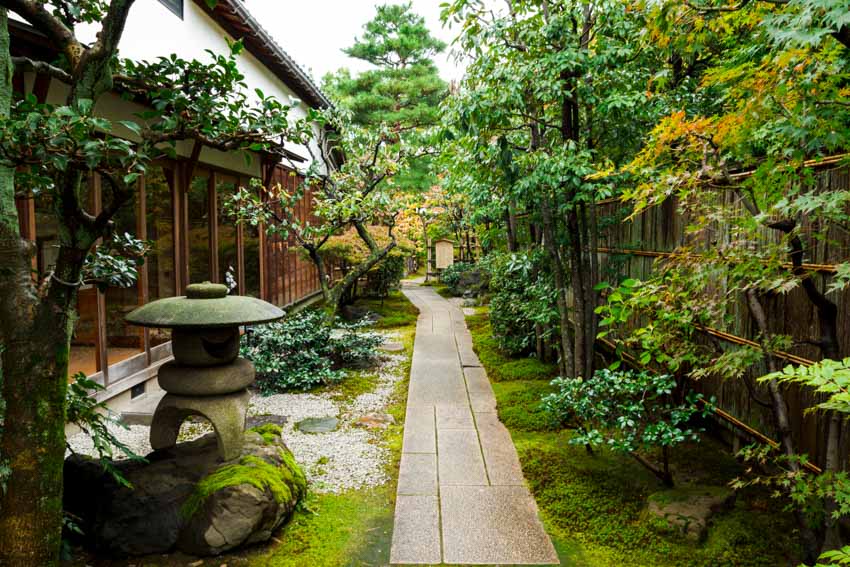
Moss is a fan of humidity and shade: It means that verdant cover can grow and thrive where grass might struggle in some aspects. Let’s talk about the concept of full shade. Let’s say you have a huge tree in your backyard or maybe an awning in your home’s exteriors that provide a considerable amount of shade.
It’s great for you when you’re staying outdoors but it can be very bad for grass. Without ample sunlight, grass can starve, whither away, and grow very poorly. This isn’t a problem with moss though as these are conditions where verdant cover actually thrives.
Moss does not require mowing for maintenance: A verdant cover lawn is also something that has a pretty low requirement when it comes to maintenance. Compared to grass, you wouldn’t need to mow a moss lawn at all.
This makes life so much easier for you. You can be rest assured of the fact that you wouldn’t be spending extra money for mowing services nor will you be spending your entire weekends trying to maintain your lawn. And you still get to enjoy the great view.
Grass, on the other hand, requires constant mowing. Without proper maintenance, it can look overgrown, unruly, and just downright unattractive. It takes up a lot of money and effort to maintain a grass lawn. Of course, you can always opt for maintenance-free types of artificial grass. But then again, it pales in comparison to a living and breathing verdant cover.
Moss lawns don’t require any fertilizer: One of the main advantages of getting a verdant cover lawn instead of a grass lawn is that you never need to fertilize it to keep it looking lush and healthy. Moss can multiply quickly. It can thrive even without the aid of any fertilizers.
The same thing can’t be said about grass lawns. As a matter of fact, in order for you to enjoy lush and thick-looking grass, you would need to constantly get it fertilized as much as possible.
More than that, aside from constantly getting it fertilized, there is also a lot of extra maintenance needed for your grass lawn’s upkeep. There are other things needed such as aerating it and scarifying it.
These are complex processes. It requires a lot of work and will eat up a lot of your time as well. Of course, you can always outsource these tasks and get a professional to do it for you but it can cost a lot of money. You wouldn’t have any of these problems with a verdant cover as it doesn’t need fertilizer or any of these extra processes.
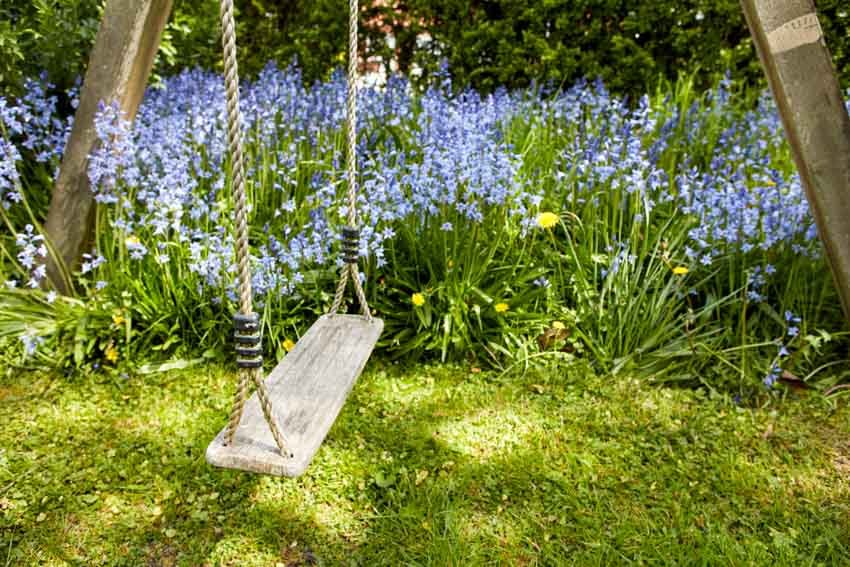
Moss is perennial so you are guaranteed that no matter what time of the year it may be, your verdant cover will always look lush and nice. This isn’t the same thing with grass. By the end of autumn and all throughout winter, the ground can be pretty inhospitable to grass and this can affect the way that it looks.
Your yard wouldn’t look very attractive at these times of the year. This isn’t the same with verdant cover as you are guaranteed to have carpet green coverage all throughout the year. Also, it’s worth noting that moss feel great to the touch and underfoot, unlike grass which can be pretty prickly and irritating on the skin.
Moss can come in plenty of varieties: Should you decide that a mossy grass lawn is the one for you, you’ll be surprised to know that you actually have quite a lot of options to choose from. It sounds strange for moss to have so many varieties but that’s actually quite true. You can create all sorts of looks and landscapes with moss if you decide to do so.
Fern moss, for example, is quite unique. It stands out from the rest of all the other moss species which are typically longer stemmed. Fern moss is so much more textured and is typically embossed.
In addition to this, it feels so much softer and so much more supple compared to the typical mossy grass you see. If you want to create really interesting landscapes, fern moss is a great variety for you to consider including in your moss lawn.
Another great moss specie worth mentioning is Hedweigia moss. It’s a very expressive-looking mossy grass variety. This one is very long stemmed and there are typically sharp-looking leaves attached to it.
In some ways, it can closely resemble miniature versions of juniper needles. Once this type of verdant cover becomes well established, it can blossom out and resemble what seems like a type of coral reef over time.
Moss is insect free: It is very difficult for insects and other similar creatures to lurk and live inside verdant cover colonies because of their sheer density. They have stems that are very close together so when insects try to infiltrate, they tend to get stuck there. This is why they usually don’t even try.
This means that you will have a lawn that is completely insect free. Gardens are notorious for having ants, mosquitoes, and all of those other unwelcome guests with exoskeletons. But this is only for grass lawns as verdant cover lawns don’t have the same problems.
Moss is also free from weeds: Also mainly because of its extremely high density, verdant cover doesn’t really allow weeds to germinate and thrive in it. This means that you wouldn’t have to worry about weed invasion at all. With a mossy lawn, you are guaranteed that your lawn will always be weed-free. This tacks on to its maintenance-free appeal.
Moss prevents erosion in your yard: Moss is great when it comes to preventing erosion in your soil. It can strongly cover up the surface of the ground because of its density and it tends to cling to the soil.
Once its roots take hold, it doesn’t really allow the ground or the soil to come loose. This means that there are fewer chances of water collecting in puddles or streams, which also technically lessens the possibility of erosion in the ground. Read more about how to fix a muddy yard here.
This is why verdant cover lawns are great for areas where water tends to move downhill such as in hills and other high places that are prone to slopes. Getting a verdant cover lawn will solve your problem right off the bat if you have landscapes such as these. In fairness though, grass is also pretty good at avoiding erosion so it equals verdant cover when it comes to this aspect.
Disadvantages of Lawns with Mosses
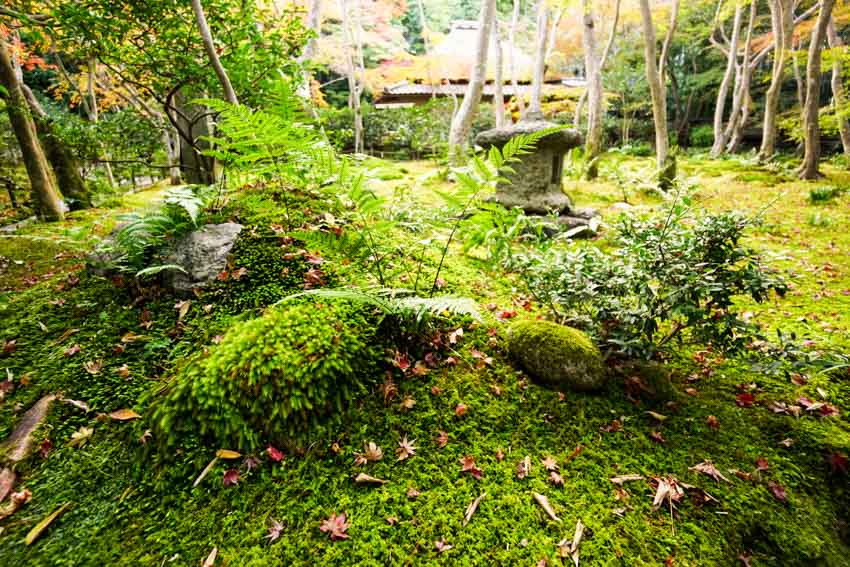
It requires a certain acidity level in the soil: In order for verdant cover to thrive, the soil needs to maintain a certain level of acidity. Moss will not normally grow in alkaline soil. It needs a constant acidity level of below pH 6.0.
If your soil has a fairly neutral acidity level, moss can still grow but it wouldn’t really produce the best results. It can be very difficult to grow verdant cover in alkaline soil. It may still grow but its growth will be slow and it will have a yellowish green color instead of its usual dark and lush green.
In some cases, some professional gardeners will use special substances to make the soil acidic. This can turn out to be an unnecessary hassle.
Another requirement for moss which can at times be a bit of a letdown is that the soil needs to be compact. If you have sandy soil in your yard, for example, it can be a bit difficult to grow a moss lawn there. It will not be able to cling to a sandy surface. Rainwater might also disrupt the mossy garden taking root on sandy soil. Still, it might still grow. It just isn’t the most optimal of conditions.
Moss also has poor sun tolerance: A majority of mossy varieties need partial shade in order for them to thrive. Of course, the best conditions will still be full and complete shade. If mossy garden isn’t planted in the shade, there’s a need for you to water it quite often.
The more sun exposure your moss lawn has, the more water it technically needs for its upkeep. Verdant cover under full sun exposure can turn out to be a real challenge. Make no mistake though, moss can still grow in relatively any condition, but it wouldn’t look as pretty or as attractive.

Grass lawns will turn out to be so much better in this aspect. It can be easily walked on. It can bear significant weight without taking in considerable damage, such as having outdoor furniture on grass. If the main purpose of your lawn is so that you can spend time in it for recreational activities, a mossy lawn isn’t really recommended.
Moss lawns require some amount of cleaning: Moss can be prone to debris and will need constant cleaning in order for you to maintain their appearance. You need to clean it out at least twice per season so that you can clear out any fallen leaves, flowers, or general dead plants and other natural and organic debris.
If you don’t constantly keep your mossy lawn clean, it can be difficult for it to grow through it. Also, large amounts of fallen leaves covering the ground may hinder the verdant cover from properly growing on it.
Types Of Lawn Moss

Cushion Moss
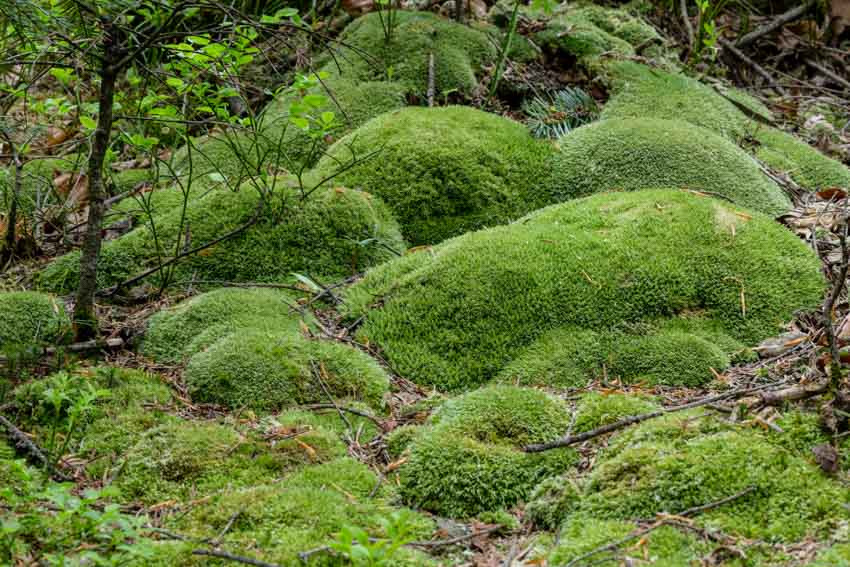
This is one of the most drought-resistant varieties and can grow well if you happen to live in an area where you couldn’t water your lawn all too frequently.
Mood Moss

Sheet Moss
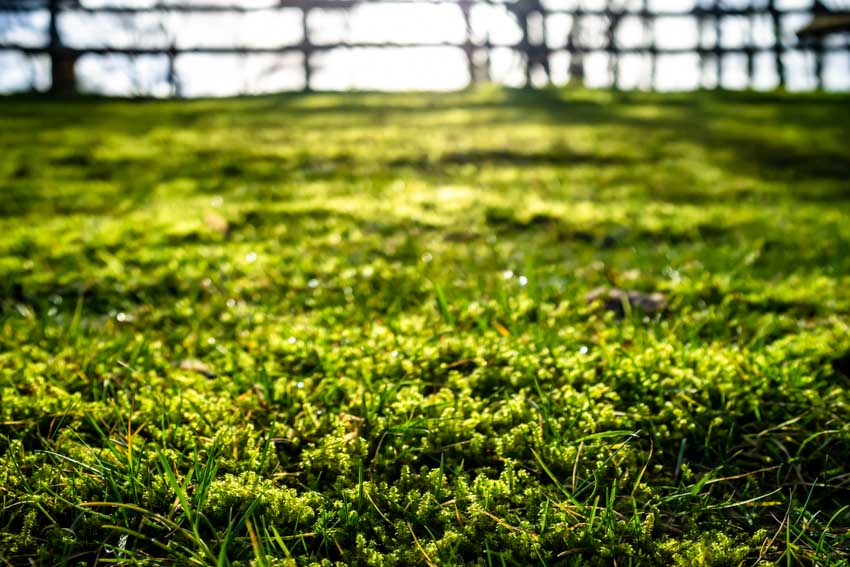
Feather Moss

Shiny Seductive Moss
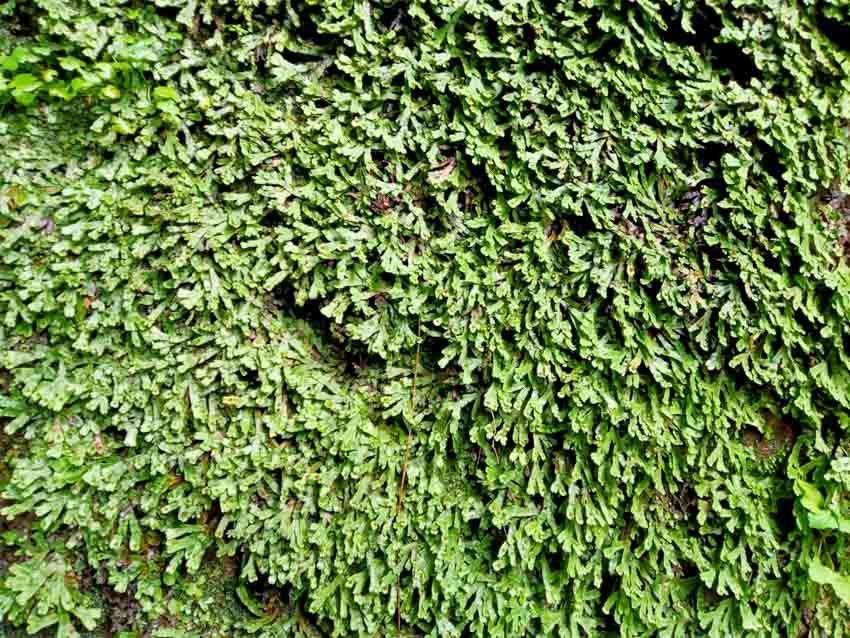
Fire Moss

Plume Moss
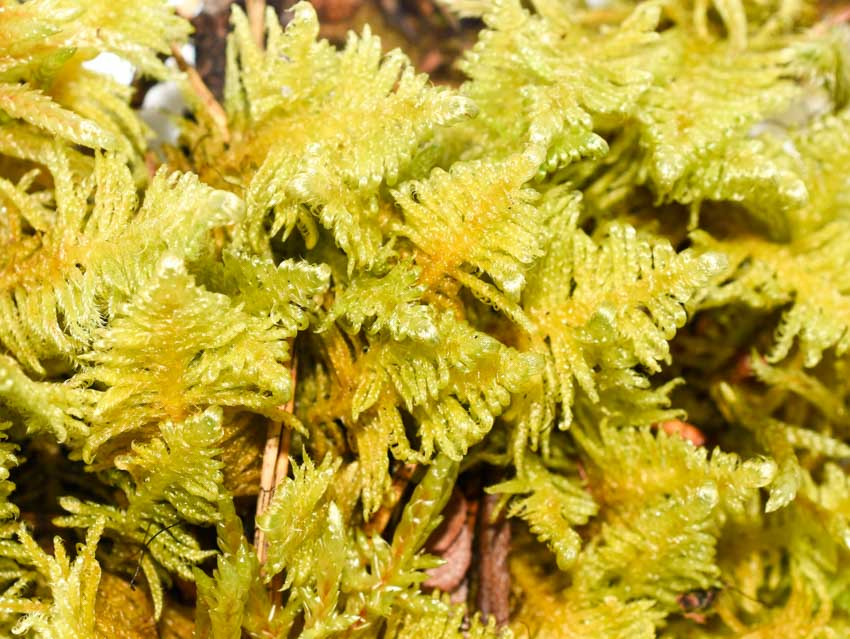
Spoon Leaved Sphagnum
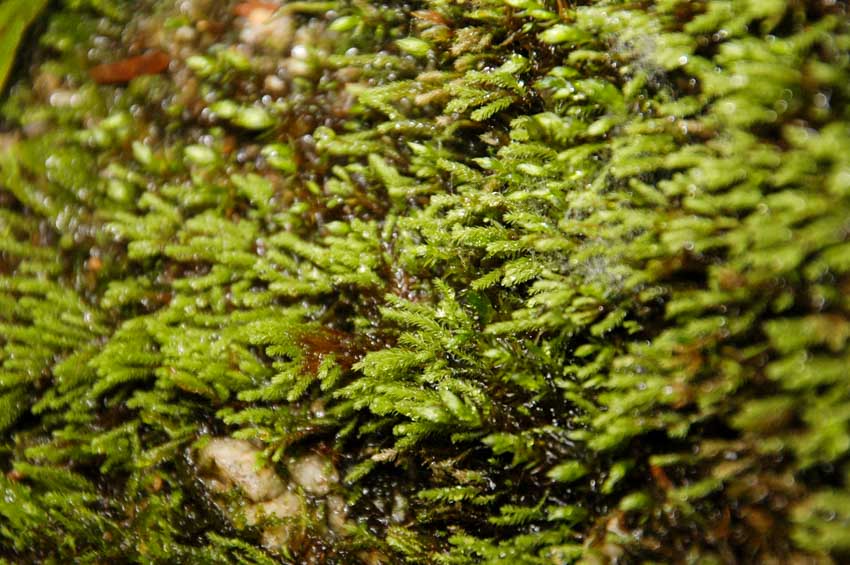
Fern Moss

Cost of Moss-Grown Lawns
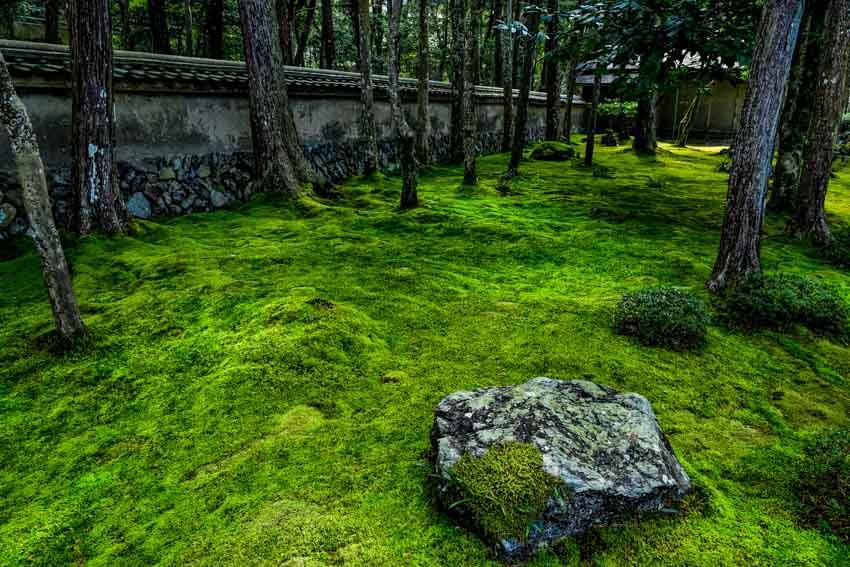
It is far more expensive compared to growing a grass lawn but what costs more upfront can be made up for by moss’ lack of maintenance requirements. You also wouldn’t need to spend so much time watering it.
Mossy Grass Gardening Tips
The first step in growing a mossy grass lawn is by familiarizing yourself with the microclimates in your yard. Think about the different areas you have in there and the amount of sun exposure you get per area.
Pay attention to whether it’s moist or dry, whether it receives a certain amount of shade or total sun exposure, and factor in wind exposure while you’re at it. It definitely isn’t difficult to grow a verdant cover lawn but you have to take on a gradual approach to this.
This isn’t the same with grass that you can grow instantaneously. You should give it a good 6 weeks or so before it can fully grow and thrive into an actual lawn. Patience is the key when it comes to growing your mossy grass lawn.
The next thing you need to consider is the type of mossy grass you’re getting for your lawn. It isn’t uncommon to go for different varieties of mossy grass depending on the different areas in your garden.
This is where your knowledge of mossy grass habits and growth conditions comes in. Make sure that you do your research thoroughly. Some verdant cover grass types are more sun tolerant compared to others so take that into account when you’re picking out your mossy grass species.
Check the soil acidity: You need a food pH level ranging from 5.0 to 5.5 in order for your sphagnum to thrive. Do a pH test and go through the motions of acidifying the soil if needed.
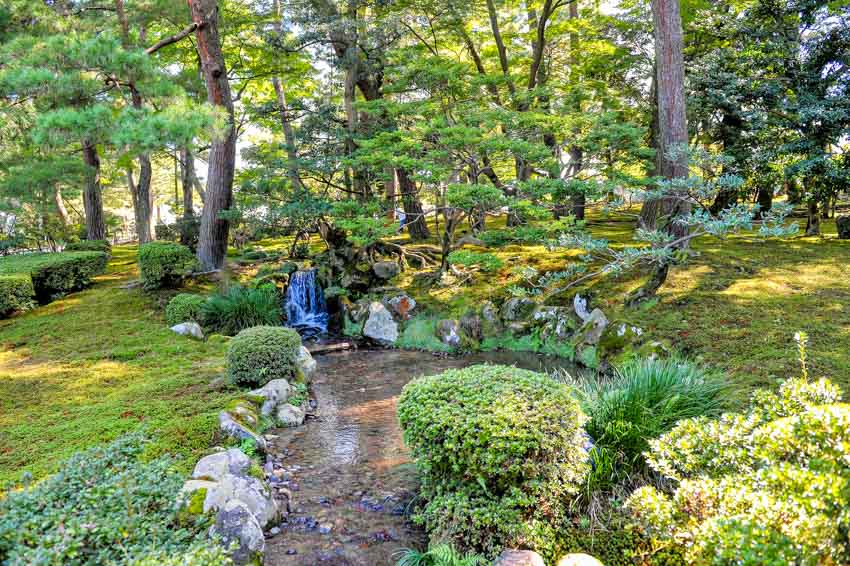
Once the soil is well-prepped, you can begin planting your sphagnum in patches. Make sure that while you’re waiting for the sphagnum to be well established, you constantly get it watered so that it receives ample moisture. But be careful enough to not flood it out in puddles.
Depending on the state that your sphagnum garden is in, you might need to presoak it in a bucket of water. Once it has been rehydrated, that’s the type it’s good enough for planting. Cladonia technically doesn’t have any roots so you don’t really plant it, you kind of just place it on top of the soil.
Press it securely on the topsoil and secure it with landscaping pins. Be careful when stepping on newly planted sphagnum as you may easily dislodge it with your weight. Water it constantly until it takes hold of the soil to the point wherein you can’t detach it when you lift it. This will typically take 6 weeks or so.
Is Mossy Garden Bad For Your Lawn

It could mean that you have drainage or compaction problems in your soil. If sphagnum isn’t hampering the growth of your garden plants, it shouldn’t be a cause for real concern. If they do hamper your plant growth, you can easily get them removed.
See more related content in our article about creeping thyme lawn on this page.

